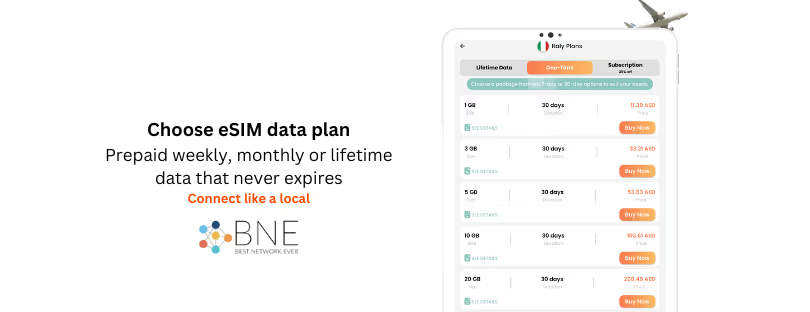
EU Entry/Exit System (EES) 2025: What it Means for UK and Non-EU Travelers
The European Union is set to launch its new Entry/Exit System (EES) in October 2025, introducing significant changes for non-EU travelers, including British citizens, visiting the Schengen Area.
This system aims to enhance border security and streamline the monitoring of entries and exits by replacing traditional passport stamping with biometric data collection.
What Is the Entry/Exit System (EES)?
The EES is an automated IT system designed to register non-EU nationals each time they cross an EU external border. It will record the traveler’s name, type of travel document, biometric data (fingerprints and facial images), and the date and place of entry and exit. This data will be stored for three years or until the traveler’s passport expires.
The system applies to 25 of the 27 EU countries (excluding Ireland and Cyprus), as well as Schengen-associated nations like Iceland, Norway, Liechtenstein, and Switzerland.
How Will It Affect Travelers?
First-Time Entry:
- Biometric Data Collection: Travelers will need to scan their passports, provide fingerprints, and have a facial photograph taken.
- Travel Questionnaire: A brief set of questions regarding the purpose and duration of the stay will be required.
Subsequent Entries:
- Simplified Process: For the next three years or until the passport expires, travelers will only need to provide one biometric verification (either fingerprint or facial scan).
Children Under 12:
- Exemptions: Children under 12 will only need a facial photograph; fingerprinting is not required.
 Potential Impact on Travel
Potential Impact on Travel
The introduction of EES is expected to cause initial delays at border crossings, particularly at busy entry points such as airports, the Channel Tunnel, and ferry ports. Officials anticipate increased wait times and logistical challenges for transport providers.
UK Border Preparations:
- Infrastructure Enhancements: The UK government has allocated £10.5 million to support ports and terminals, including the installation of registration kiosks at Dover, London St Pancras (Eurostar), and Folkestone (LeShuttle).
- Pre-Departure Checks: For travelers using Eurostar, Eurotunnel, or ferry services, biometric checks will be conducted before departure on UK soil.
Upcoming: European Travel Information and Authorisation System (ETIAS)
In addition to the EES, the EU plans to implement the European Travel Information and Authorisation System (ETIAS) in late 2026. This system will require travelers from visa-exempt countries, including the UK, to obtain travel authorization before entering the Schengen Area.
Key Details:
- Application Process: Travelers will need to complete an online application and pay a fee of €7.
- Validity: The authorization will be valid for three years or until the traveler’s passport expires, whichever comes first.
- Processing Time: Most applications are expected to be processed promptly, but it is recommended to apply at least one month before travel due to possible delays of up to 30 days.
Conclusion about EU Entry/Exit System
The upcoming implementation of the EES and ETIAS represents a significant shift in how non-EU travelers, including British citizens, will experience border control when entering the Schengen Area. While these systems aim to enhance security and streamline border crossings in the long term, travelers should prepare for potential delays and new requirements during the initial rollout period. Staying informed and allowing extra time for border procedures will be essential for a smooth travel experience.










